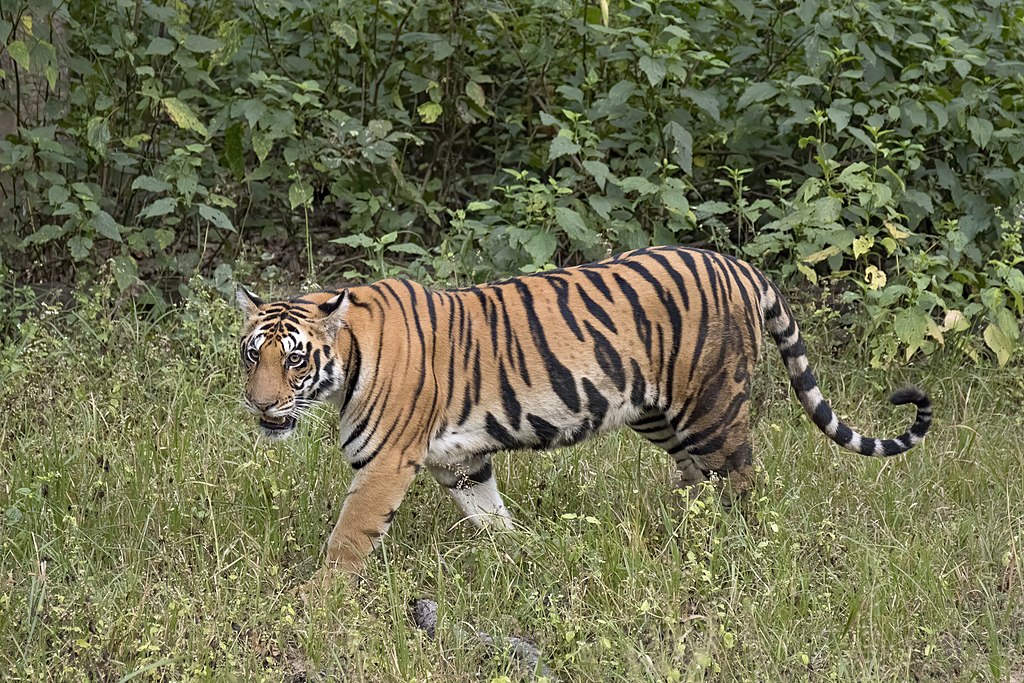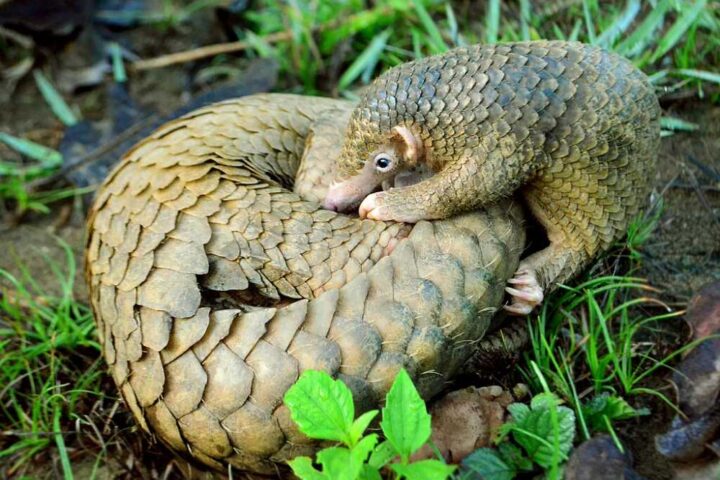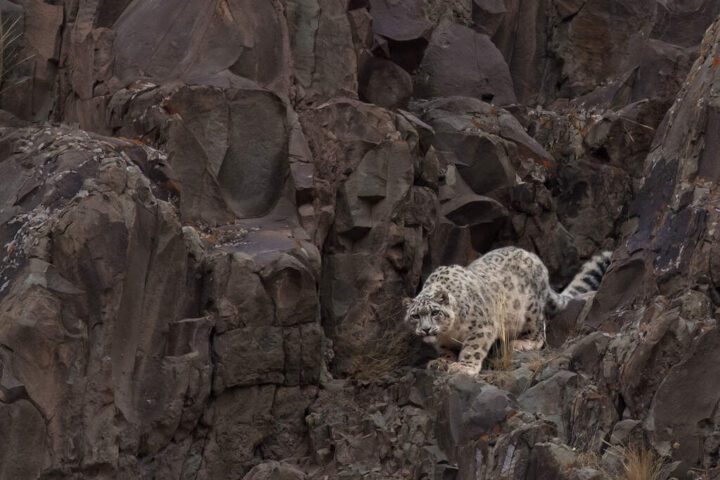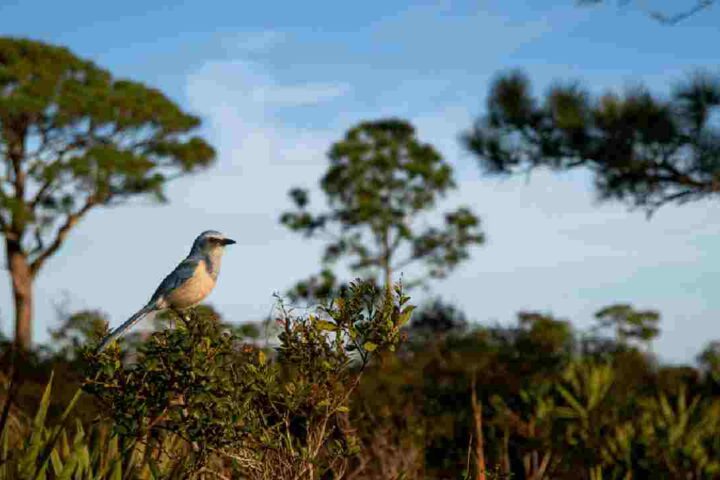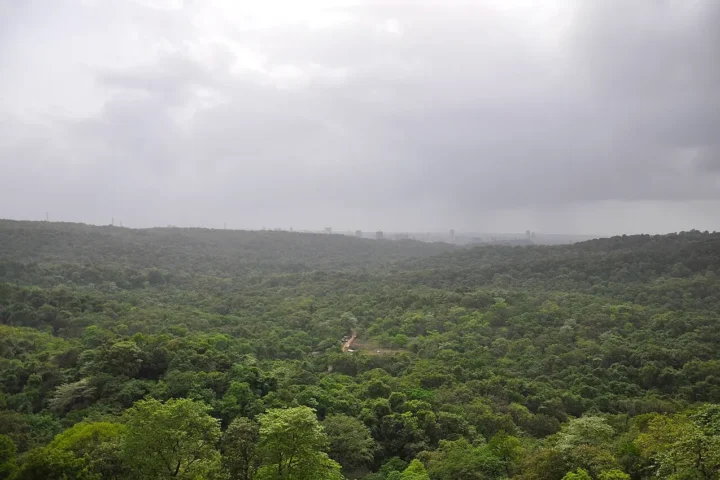The numbers tell a striking story: India’s tiger population has surged from 1,706 in 2010 to 3,682 in 2022. Today, three out of every four wild tigers worldwide roam Indian forests, sharing space with millions of people in an area half the size of Britain.
Behind these numbers lies a sophisticated monitoring system called M-STrIPES (Monitoring System for Tigers Intensive Protection and Ecological Status). Camera traps and forensic DNA analysis help identify individual animals and monitor their movements, making tracking and protection more effective.
However, not all experts agree on the data. Ecologist Arjun Gopalaswamy points out some contradictions: “Some of the figures in the study are significantly higher than previous estimates of tiger distribution from the same datasets.” These conflicting findings have led to some confusion in conservation strategies.
The success varies by region. States like Madhya Pradesh and Karnataka show strong tiger numbers, helped by tourism revenue and government compensation programs for livestock losses. But in poorer states like Odisha and Jharkhand, tigers have vanished entirely. Armed conflicts have also affected conservation; areas like Manas National Park lost their rhinos during periods of unrest.
Technology plays a crucial role in protection efforts. The combination of modern monitoring systems and traditional forest knowledge held by local communities has strengthened conservation efforts.
Similar Posts:
“Without community support and participation and community benefits, conservation is not possible in our countries,” explains lead researcher Yadvendradev Jhala. “What the research shows is that it’s not the human density, but the attitude of people, which matters more.”
The conservation model balances two approaches: completely protected areas where tigers breed and shared spaces where tigers and humans coexist. This requires careful management of resources and regular communication with local communities.
Local villages near tiger reserves receive support through various programs. When livestock is lost to tigers, farmers receive compensation. Tourism brings economic benefits to local communities, creating a positive association with tiger conservation.
Environmental changes and habitat protection remain ongoing challenges. As conservation areas expand and improve, rangers and local communities must constantly adapt their protection strategies.
The program’s success has created new situations to manage. As tiger populations grow, young tigers must find new territories. This sometimes brings them into contact with villages that haven’t previously dealt with tigers, requiring rapid response teams to manage these interactions.
Despite these challenges, India’s conservation model offers important lessons. It shows that effective monitoring systems, community support, and consistent protection can help endangered species recover, even in densely populated areas. But it also reveals the complexity of managing this recovery—success brings its own set of challenges that require constant adaptation and innovation.
